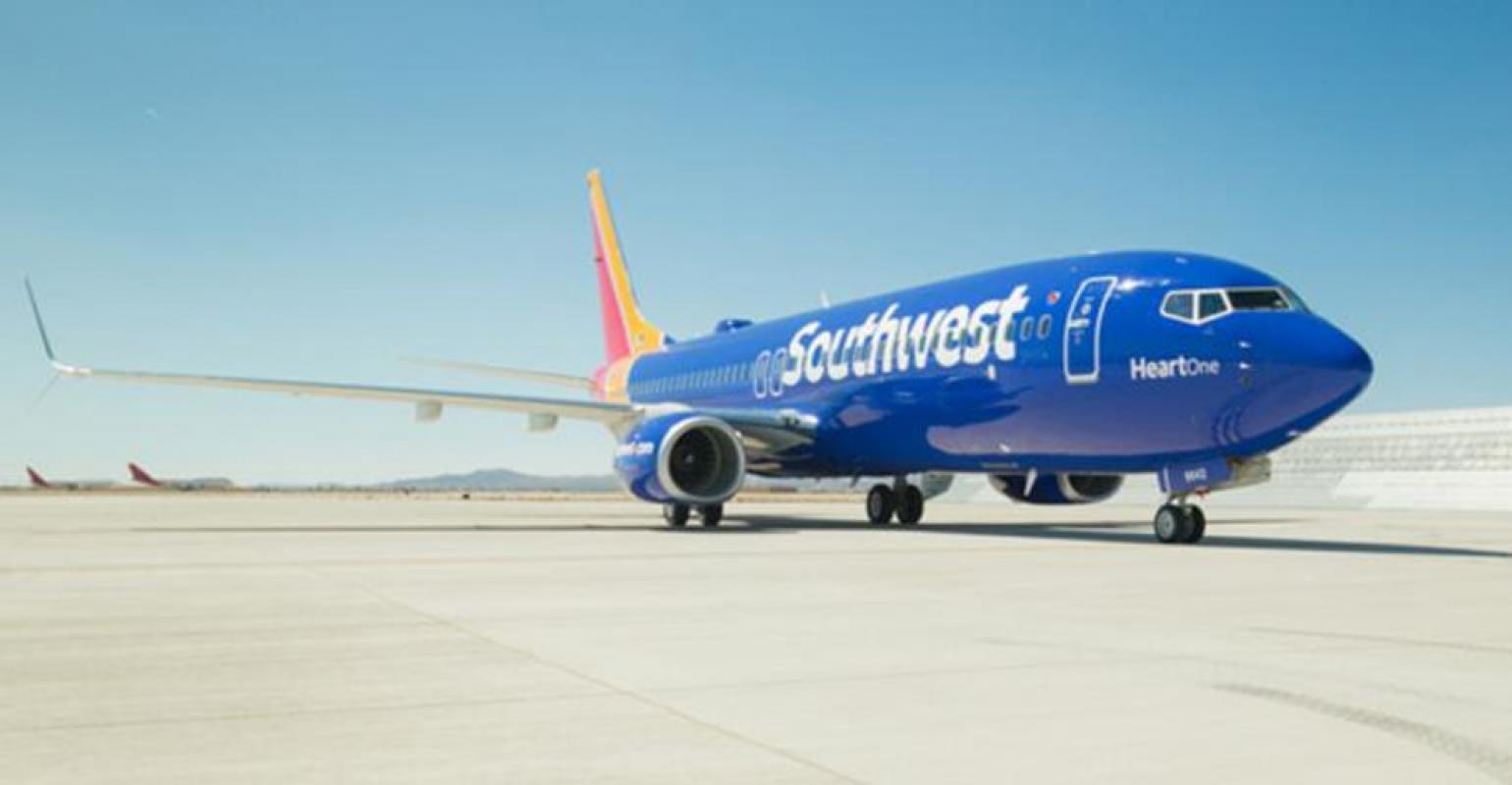
Commonly discussed maintenance innovations include drones, mobile access to MRO data and electronic tech logs for pilots. A quick survey of three major low-cost carriers and one global major airline shows only mobility has gotten much traction so far, with drones and tech logs still under evaluation.
Southwest Airlines has recently started evaluating how drones could help improve safety and efficiency. “It is too early to determine specifics of a solution, as we are currently in the conceptual stages,” a spokesperson explains.
But the low-cost giant is moving aggressively on mobility for mechanics. It deployed mini-iPad devices for all of its aviation maintenance technicians in 2017. “Our philosophy is to provide mechanics with the information they need, when they need it and where they need it,” the spokesperson says.
Southwest currently provides reference materials on the iPads and is working on allowing access to its new IFS-Maintenix MRO system to better provide electronic tools needed to perform tasks.
Southwest is also moving toward deploying electronic technical logs on its pilots’ electronic flight bags. “We are very early on with this effort but understand the benefit of providing our logbook in an electronic format,” the spokesperson explains.
All Nippon Airways is not using drones to inspect aircraft, nor has it yet deployed electronic technical logs in pilots' electronic flight bags. A spokesperson says ANA would like to deploy these tech logs in the future, but the plan to do so has not been determined.
On mobility, ANA mechanics and other maintenance staff are already using IPads for routine tasks, such as checking maintenance manuals, sharing knowledge and skills by using a common database, communicating with colleagues to exchange experiences and other functions.
Middle Eastern low-cost carrier flydubai has no immediate plans to use drones for aircraft inspections. But it already has mobile solutions in place for mechanics. All flydubai mechanics use tablets with access to manufacturers’ data, aircraft documents and the carrier’s maintenance system. “We continue to explore further technical developments,” a spokesperson says.
On electronic technical logs, the spokesperson says only that various solutions are being evaluated for regulatory compliance, reliability, security and compatibility with the airline’s existing systems.
AirAsia Group Head of Engineering Nadzri Hashim says his fleet has used drone technology for “certification purposes in the past,” but is currently prevented by regulatory challenges from using drones for inspections in airport environments.
AirAsia adopted AMOS to manage maintenance, engineering and logistics requirements in 2006. “Since then, the application has delivered a more connected, standardized and group-wide overview of our fleet maintenance,” Hashim says. However, AirAsia is not considering the deployment of electronic technical logs for either mechanics or flight crews.





